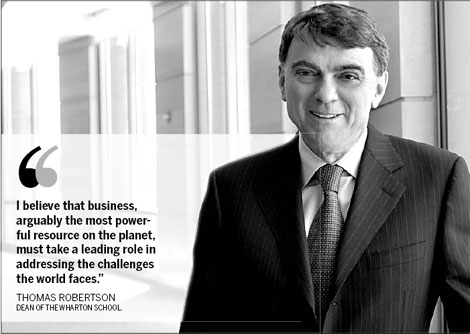Unraveling the Secrets: How Was Peter the Great Able to Modernize Russia and Transform It into a European Power?
Guide or Summary:IntroductionThe Context of Russia Before PeterPeter's Vision for a Modern RussiaMilitary ReformsAdministrative ChangesCultural and Educatio……
Guide or Summary:
- Introduction
- The Context of Russia Before Peter
- Peter's Vision for a Modern Russia
- Military Reforms
- Administrative Changes
- Cultural and Educational Reforms
- Economic Development
- Challenges and Resistance
- Legacy of Peter the Great
**Translation of the Title**: How was Peter the Great able to modernize Russia
---
Introduction
Peter the Great, the Tsar of Russia from 1682 until his death in 1725, is often credited with transforming Russia into a major European power. His ambitious reforms aimed at modernizing the military, government, and culture of Russia, which had long been isolated from the rest of Europe. This article delves into the methods and strategies he employed to achieve this monumental task and explores how these changes laid the foundation for Russia's emergence as a formidable force on the European stage.

The Context of Russia Before Peter
Before Peter's reign, Russia was largely agrarian, with a feudal system that hindered economic and social progress. The country was perceived as backward compared to its Western European neighbors, which had embraced the Renaissance, scientific advancements, and modern governance. The isolationist policies and traditionalist views of previous rulers contributed to this stagnation, creating a pressing need for reform.
Peter's Vision for a Modern Russia
Peter the Great had a clear vision for Russia. He recognized that to compete with European powers like Sweden, France, and England, Russia needed to modernize its military, economy, and society. His travels to Europe, particularly his visit to the Netherlands and England, exposed him to Western innovations and governance models. Inspired by what he saw, he returned with a determination to implement similar changes in Russia.
Military Reforms
One of Peter's primary focuses was the modernization of the military. He established a standing army and introduced conscription, ensuring that Russia had a professional and well-trained military force. Peter also invested in the creation of a navy, recognizing the importance of maritime power. He built shipyards and trained sailors, which enabled Russia to project its influence across the Baltic Sea and beyond.
Administrative Changes
To support his military reforms, Peter restructured the government. He introduced a new administrative system that divided the country into provinces, each overseen by appointed governors. This decentralization aimed to improve efficiency and ensure loyalty to the Tsar. Additionally, Peter established the Table of Ranks, which allowed individuals to attain positions based on merit rather than birthright, promoting a more meritocratic society.

Cultural and Educational Reforms
Peter understood that modernization extended beyond the military and government. He sought to change the cultural landscape of Russia by promoting education and the sciences. He established schools and academies, emphasizing the importance of technical and scientific knowledge. Peter also encouraged the adoption of Western customs and practices, including fashion, etiquette, and even the calendar, which helped to bridge the cultural gap between Russia and Europe.
Economic Development
Economic reform was another critical aspect of Peter's modernization efforts. He promoted industry and commerce by encouraging the establishment of factories and trade. Peter sought to reduce Russia's reliance on agriculture by diversifying the economy. He implemented policies that supported the growth of a merchant class, fostering a more dynamic economic environment.
Challenges and Resistance
Despite his ambitious reforms, Peter faced significant challenges and resistance. Many traditionalists opposed his changes, viewing them as a threat to the established order. The nobility, in particular, was resistant to losing their privileges and status. Peter dealt with this opposition ruthlessly, using both political maneuvering and force to ensure the implementation of his reforms.
Legacy of Peter the Great
Peter the Great's efforts to modernize Russia had lasting impacts. His reforms laid the groundwork for Russia's emergence as a major European power in the 18th century. The military, administrative, and cultural changes he implemented continued to influence Russian society long after his death. While not all his reforms were successful or universally accepted, Peter's vision and determination marked a turning point in Russian history.

In conclusion, Peter the Great's ability to modernize Russia stemmed from his visionary leadership, strategic reforms, and willingness to confront opposition. His legacy is a testament to the transformative power of strong leadership and the importance of adapting to changing circumstances. Understanding how Peter the Great was able to modernize Russia provides valuable insights into the complexities of reform and the challenges faced by leaders in times of significant change.